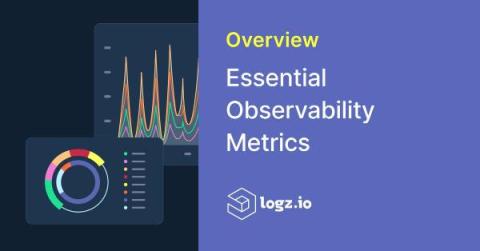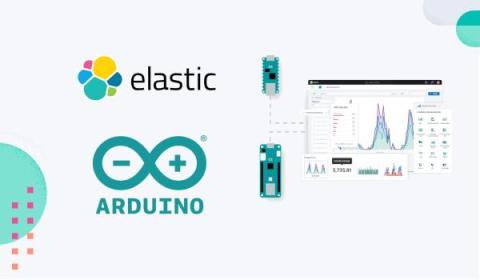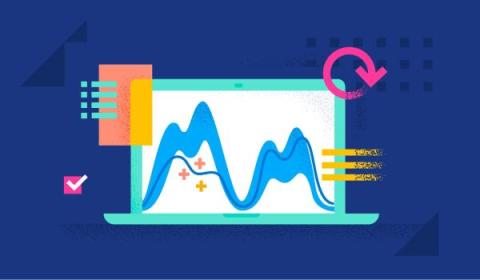Operations | Monitoring | ITSM | DevOps | Cloud
Latest News
An Overview of the Essential Observability Metrics
Metrics are closely associated with cloud infrastructure monitoring or application performance monitoring – we monitor metrics like infrastructure CPU and request latency to understand how our services are responding to changes in the system, which is a good way to surface new production issues. As many teams transition to observability, collecting metric data isn’t enough.
Migrating 1 billion log lines from OpenSearch to Elasticsearch
What are the current options to migrate from OpenSearch to Elasticsearch®? OpenSearch is a fork of Elasticsearch 7.10 that has diverged quite a bit from itself lately, resulting in a different set of features and also different performance, as this benchmark shows (hint: it’s currently much slower than Elasticsearch).
Is a $1 million Datadog bill worth it?
Elasticsearch and Arduino: Better together!
An easy way to communicate with Elasticsearch and Elastic Cloud using Arduino IoT devices At Elastic®, we are constantly looking for new ways to simplify search experience, and we started to look at the IoT world. The collection of data coming from IoT can be quite challenging, especially when we have thousands of devices. Elasticsearch® can be very useful to collect, explore, visualize, and discover data — for all the data coming from multiple devices.
Container Orchestration: A Beginner's Guide
CapEx vs OpEx for Cloud, IT Spending, & More
Ingesting and analyzing Prometheus metrics with Elastic Observability
In the world of monitoring and observability, Prometheus has grown into the de-facto standard for monitoring in cloud-native environments because of its robust data collection mechanism, flexible querying capabilities, and integration with other tools for rich dashboarding and visualization.
systemd journal logs: A Game-Changer for DevOps and Developers
“Why bother with it? I let it run in the background and focus on more important DevOps work.”— a random DevOps Engineer at Reddit r/devops In an era where technology is evolving at breakneck speeds, it's easy to overlook the tools that are right under our noses. One such underutilized powerhouse is the systemd journal. For many, it's a mere tool to check the status of systemd service units or to tail the most recent events (journalctl -f).









